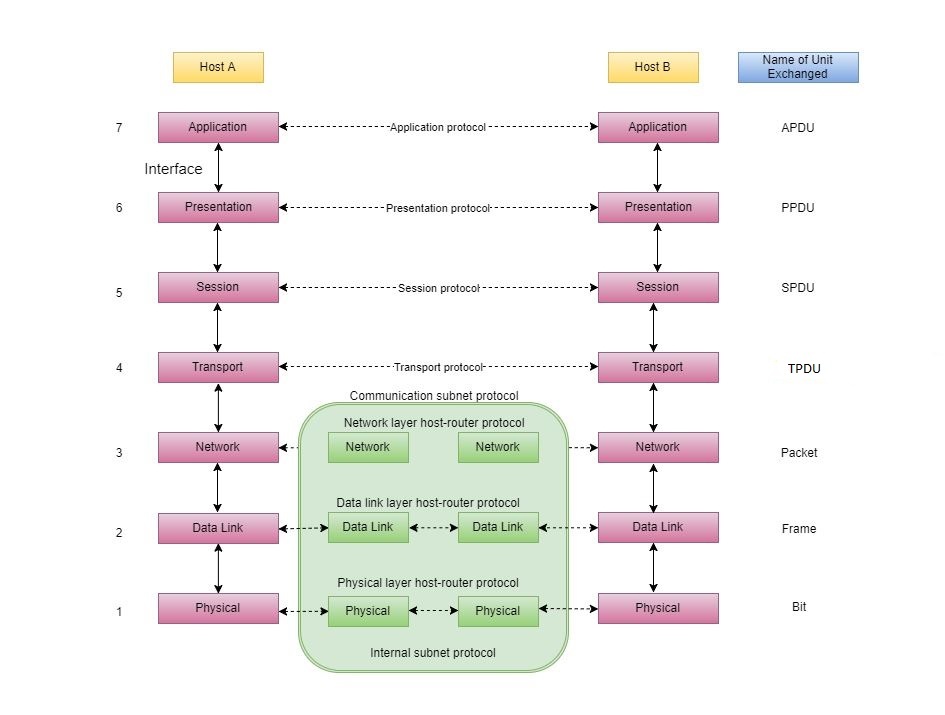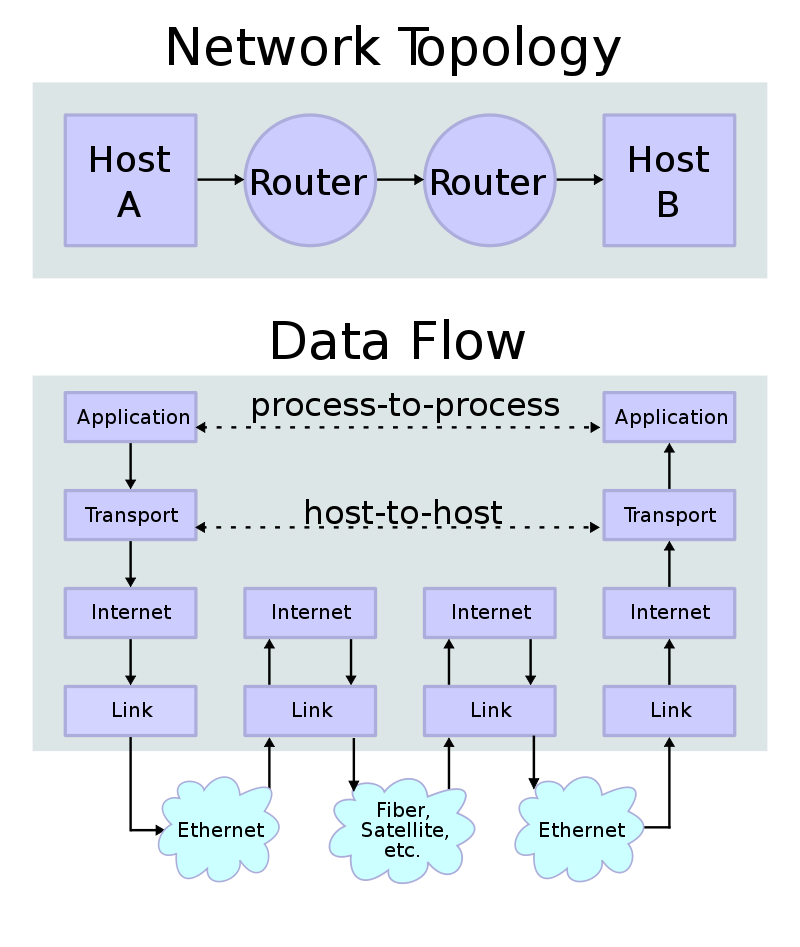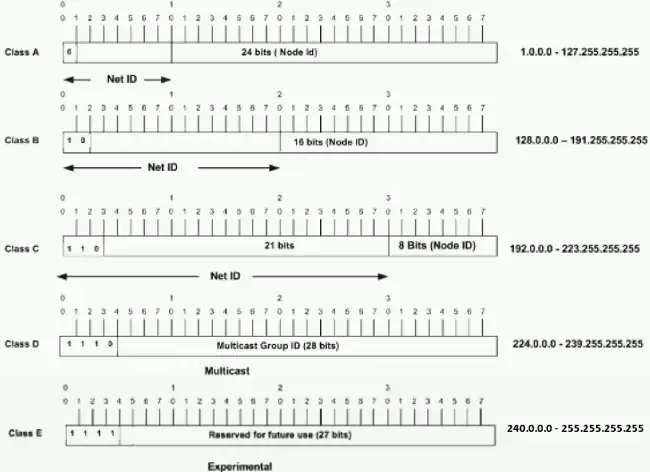Basics of Network
HTTP Keywords
- Hyper Text Transfer Protocal: deliver hyper text from server to local browser etc.
- Based on TCP/IP
- Current version: HTTP/2
- Server - Client
- Client can request through GET, HEAD, POST, PUT, DELETE, TRACE, OPTIONS, CONNECT, PATCH.
- Transfer anything defined by Content-Type
- Connectionless Protocol: doesn’t maintain the connection all the time
- Stateless protocal: A very nice explanation
URL Keywords
- Uniform Resource Locator
- Interpret each part of this URL: http://abc.com:8000/folder/file.html#title1location?param1=123¶m2=234
- No limits on length of URL by HTTP itself. However, some servers or clients do set limits.
Difference between URI and URL and URN: The Difference Between URLs and URIs checkout the Venn diagram.

From The Difference Between URLs and URIs
How HTTP Works
HTTP Request: use Chrome Dev Tool -> Network to find out the requests, including GET and Response.
How to Request
GET: request for the pageHEAD: similar toGETbut only for the headPOST: post data to the uri; data is in the body; might replace existing dataPUT:DELETE: request a deletion of the pageCONNECT: HTTP/1.1OPTIONS: allow the user to request for info about the serverTRACE: mostly used for diagnostic purpose
GET will attach data on the URL, while POST will attach data in the package. Thus POST is safer.
Models
The OSI Model
Refer to The Open Systems Interconnection Model on Wikipedia.
A nice visualization of the seven layers.

Source: https://www.studytonight.com/computer-networks/complete-osi-model
The Internet Procotcal Suite

Source: https://en.wikipedia.org/wiki/Internet_protocol_suite#/media/File:IP_stack_connections.svg
About TCP/IP
This is the Link Layer.
IP Address and Domain
Some key concepts:
- Address
- Subnet: a sub network that shares the same subnet address
- Subnet mask: 32-bit, mask the address to specify the subnet and host
- Interface

Source: https://www.cisco.com/c/en/us/support/docs/ip/routing-information-protocol-rip/13788-3.html
What is the slash 28 (/28) in the notation 255.255.255.240 (/28)? It means 28 bits. See the illustration bellow 1.
204.17.5.0 - 11001100.00010001.00000101.00000000
255.255.255.240 - 11111111.11111111.11111111.11110000
--------------------------|sub |---
IaaS, Paas, Saas
- Infrastructure as a Service
- Platform as a Service
- Software as a Service
wiki/computation/basics-of-network:L Ma (2018). 'Basics of Network', Datumorphism, 09 April. Available at: https://datumorphism.leima.is/wiki/computation/basics-of-network/.